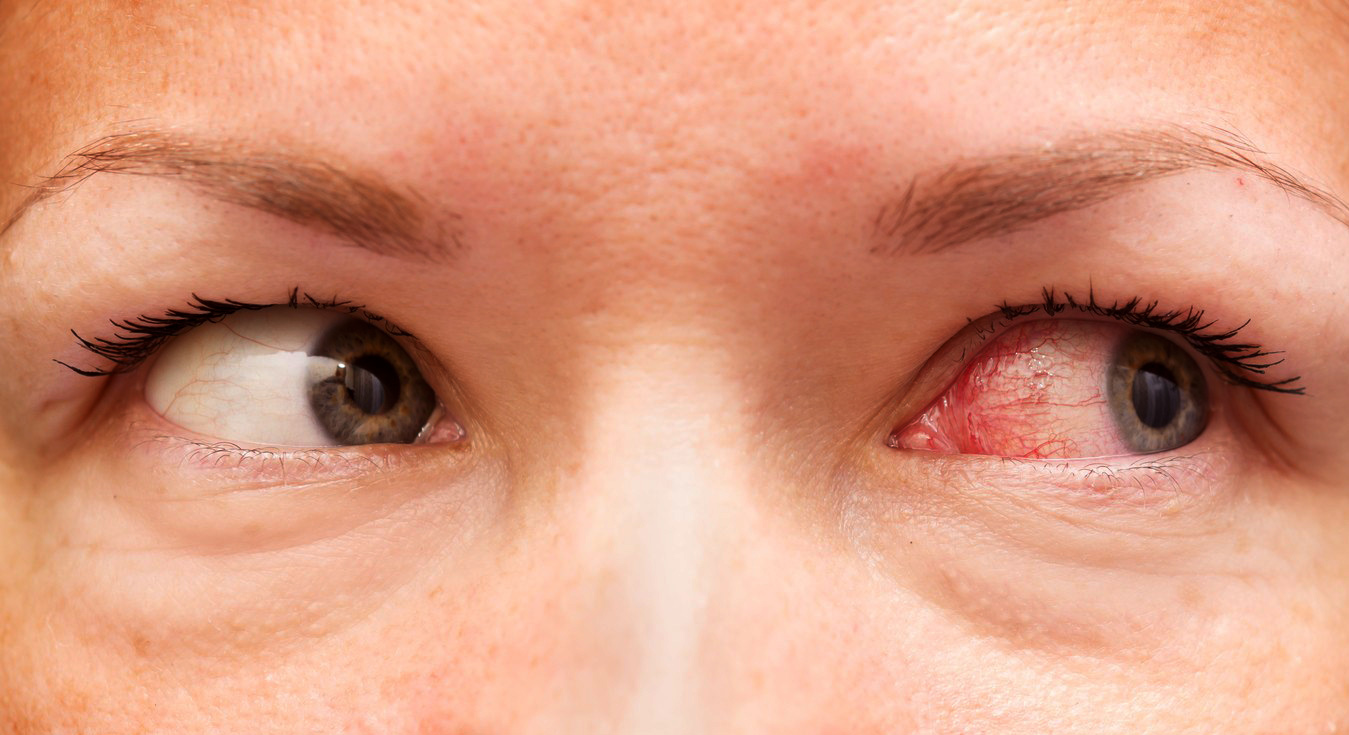[et_pb_section bb_built=”1″][et_pb_row][et_pb_column type=”4_4″][et_pb_text _builder_version=”3.13.1″]
The eye is formed by three layers that are: sclera, retina and uvea.
The uvea lies between the sclera and the retina. In a simple way, we can divide the uvea into two segments: anterior and posterior. Uveitis are inflammations of the uvea, which is one of the three concentric layers, stuck together, that make up the eye. The most frequent causes are:
- Disseminated bacterial infections (tuberculosis, syphilis).
- Viral infections (herpes simplex virus, cytomegalovirus, HIV …).
- Infection by parasites (toxoplasma mainly).
- Fungal infections (candida, histoplasma).
- Autoimmune diseases (juvenile arthritis, ankylosing spondylitis, sarcoidosis, ulcerative colitis, Behçet’s disease, Crohn’s disease, Whippel’s disease).
- External infection after a wound.
There are two types of anterior and posterior uveitis. The main symptoms of posterior uveitis are visual. People who suffer from it begin to see myodesopsias, better known as ‘flying flies’ in excess, although it is a phenomenon that, regularly, also appear in healthy eyes. Another characteristic that can be seen in these patients is that their visual acuity decreases, that is, their ability to distinguish objects or read posters at a certain distance worsens.
The symptoms that characterize the anterior uveitis are pain and the eye is in a defensive situation: many tears, photophobia (rejection of light) and blepharospasm (closed eyelids with great force). This makes it difficult to properly explore the patient.
Always take care of your health with a unique and efficient service. Visit Pharmamedic.
[/et_pb_text][/et_pb_column][/et_pb_row][/et_pb_section]






